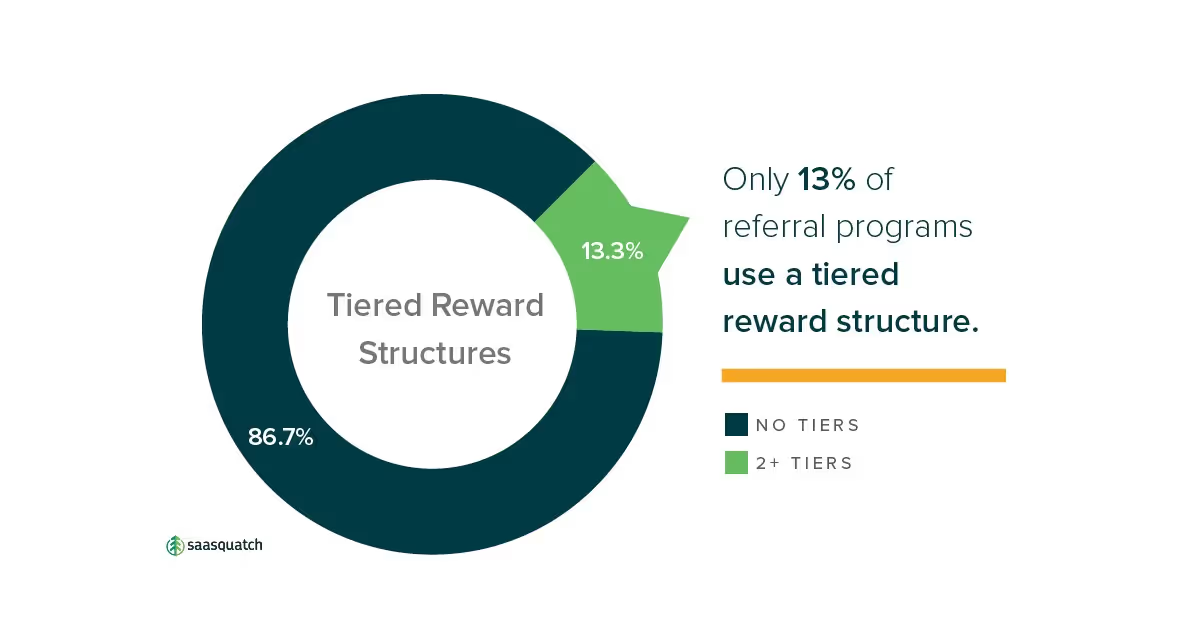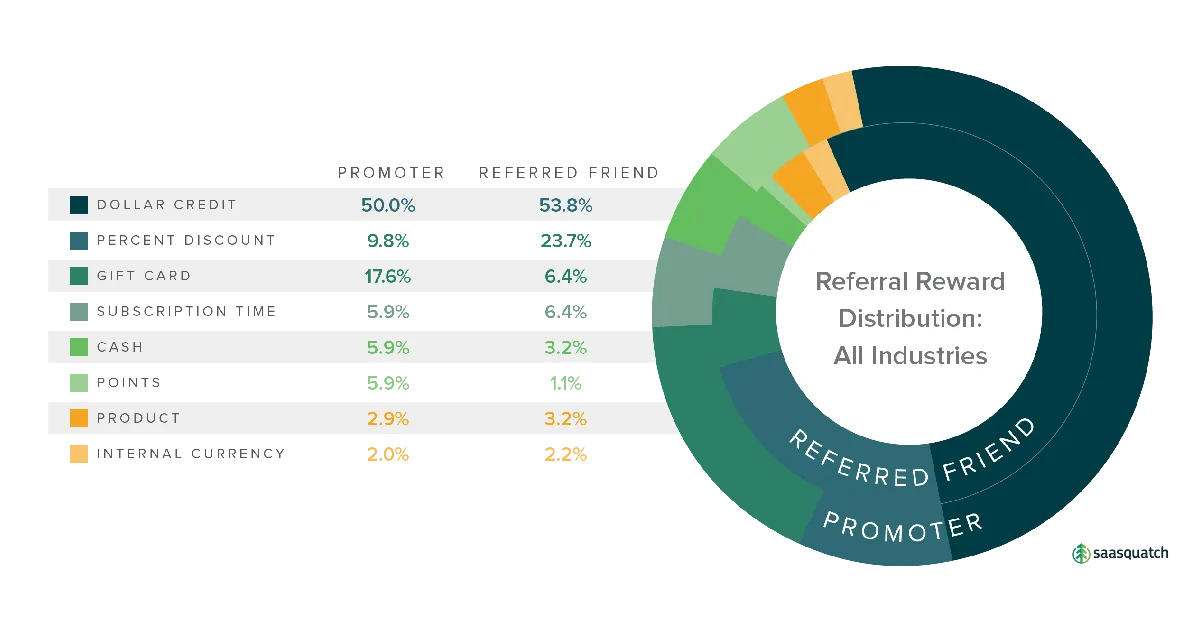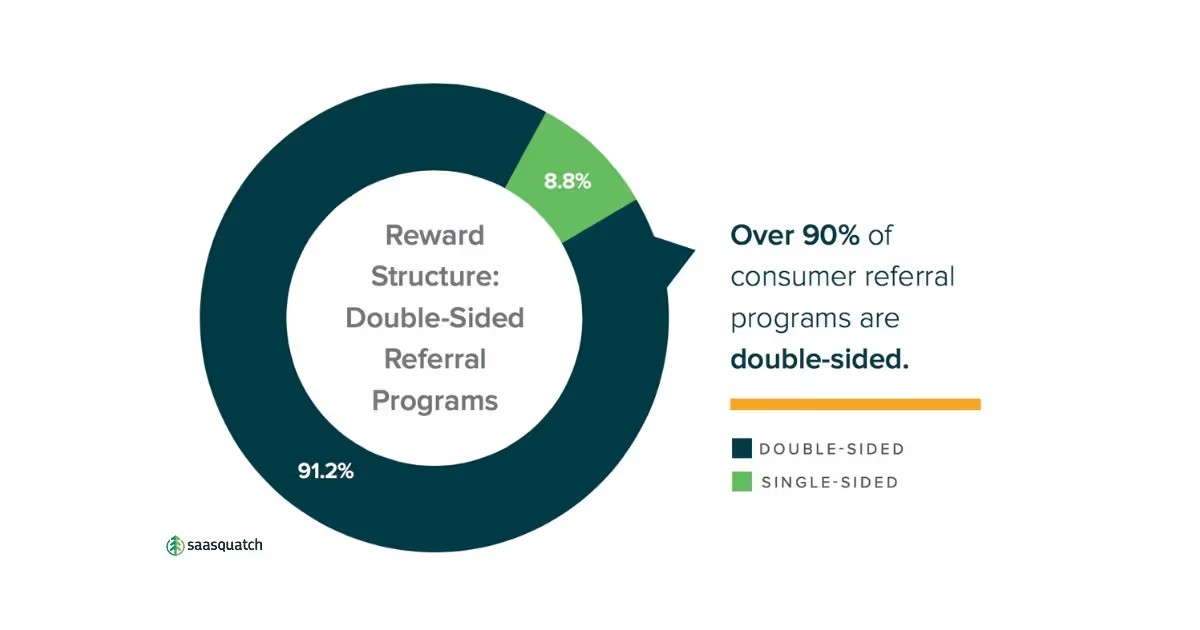Introducing the 2020 State of Referral Marketing Report by SaaSquatch
We’re excited to announce the release of the 2020 State of Referral Marketing report.
As the first research of its kind, our report dives into the world’s top referral programs, their structure, rewards, and trends. We explore opportunities in the referral marketing landscape to help your business leverage this thriving marketing channel.

As veterans of the referral industry, we know that as technologies advance, consumer needs shift, and competition increases in the digital economy, not just any referral program will drive your growth.
This is why we’ve studied the rewards and program structures of over 100 referral programs across various industries to help you answer questions like:
- What rewards are today’s top companies using to drive customer referrals?
- What is the most popular referral program reward structure?
- What referral program reward strategies can be used to get the best ROI?
Maybe you’re running a referral program and looking for how to improve the results, or are new to the referral space and don’t know where to start. Whatever your situation, our data will help you make informed and successful decisions when building a referral program for any digital business unit.
What’s Inside? Here’s a peek into our main findings:
Opportunities exist for companies who don’t see referrals and rewards as one-size-fits-all.
Only 13% of referral programs are created with a tiered structure to offer different rewards for different referrals. For example, these programs offer a lower reward when a lower-value prospect is referred, and a more lucrative reward when a high-value prospect is referred.

Tiers are a heavily underused component of referral programs today, even though they present the opportunity for a better return on investment (ROI) and more program engagement. When they can be implemented, there’s no reason to have a static, one-size-fits-all program.
Referral programs are widely adopted as a revenue-generating strategy.
The majority of today’s referral programs are used to directly increase revenue, indicating a consensus that word-of-mouth marketing is a topline revenue strategy.

With over 50% of referral programs using dollars of credit as a reward, and 90% of programs relying on a purchase to define a successful conversion, businesses are using referral programs to encourage spending from new and existing customers.
Referral programs are universally understood as a two-sided initiative.
Over 90% of referral programs are double-sided. Program designers believe that there is value in rewarding both the promoter and the referred friend. Whether the two rewards need to be equal is up for debate, as there’s no clear stance on whether the promoter or referred friend should be favored, if at all.

The overwhelming tendency to create double-sided programs tells us that companies understand that referral incentives must play to the needs and desires of both the existing and new customers. Without motivation for both the promoter and their friend, chances of successful referrals are heavily impaired.
We invite you to dig into the results of this year’s State of Referral Marketing by downloading the full report here! Tweet us with your thoughts and what you’d like to see in upcoming reports.